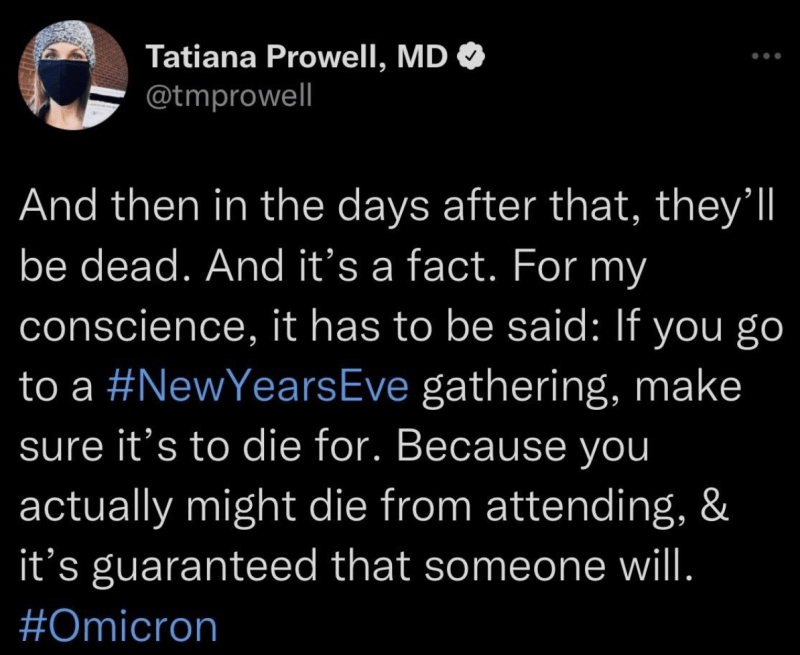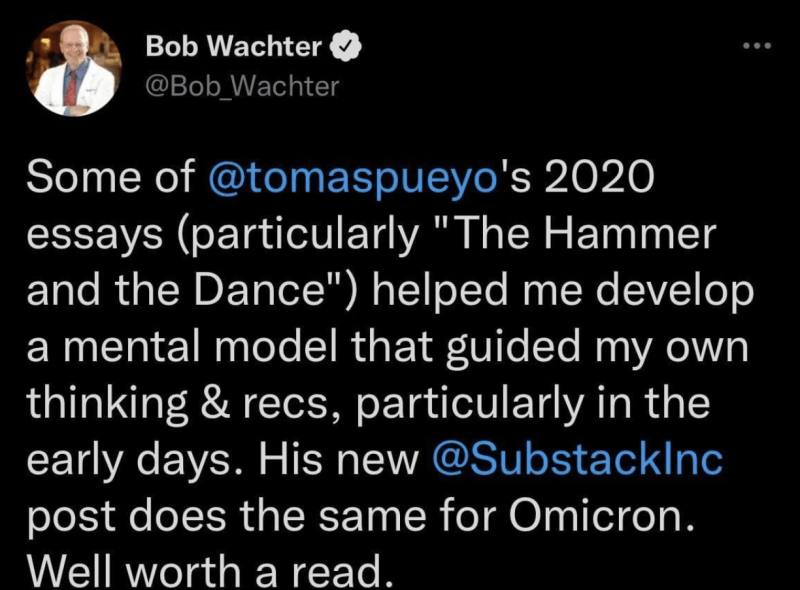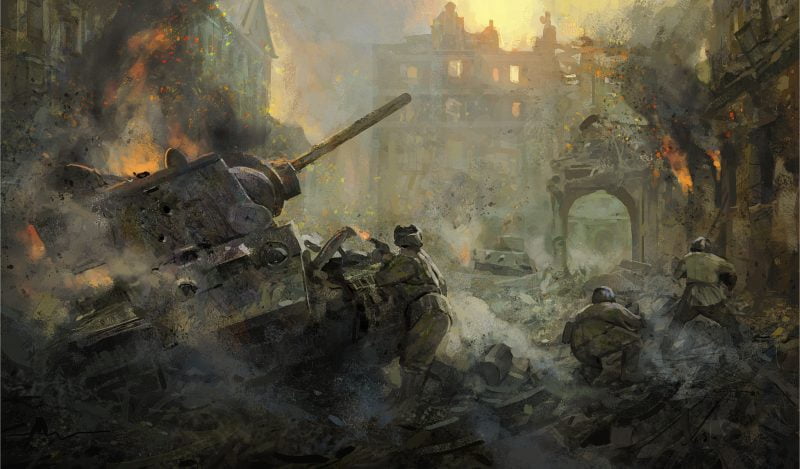When the European powers went to war in 1914, unleashing a bloodbath unlike any the world had seen, most were overreacting to genuine strategic concerns. The Germans, for example, feared the massive military expansion underway in their neighbor Russia.
As international tensions mounted in late July 1914, European military establishments concluded that it would be better to be safe than sorry. To keep their countries safe, they set into motion armies comprised of millions of men, supplied with all the weapons and ammunition that the most economically powerful and scientifically sophisticated civilization in the world could supply.
The declarations of war that set off “the guns of August” were met in many European cities by outbursts of popular enthusiasm; people believed that the war would be short and that their cause was just. Yet the slaughter that followed was neither. Over four years, millions of lives were lost for a cause that became more obscure the longer the war went on.
The end result was devastation. Vast amounts of treasure, accumulated over centuries, was squandered. The sites of the battles were scenes of physical and environmental ruin. The ten million dead were mourned by millions more grieving orphans, widows, and parents. Governments collapsed, their legitimacy spent, while the ideas and institutions of the prewar world were viewed with disillusionment. No combatant emerged better off. It was, as has been noted, probably the first war in which victory was indistinguishable from defeat.
While many historical analogies have been offered for our present moment, from the campaign to combat polio to the National Socialist dictatorship of Germany, it is perhaps this wholly unnecessary self-destruction of a civilization that our own era most readily resembles. The campaign by our government to prevent every possible infection of the SARS-CoV-2 virus regardless of the cost has unleashed a hollowing of once trusted institutions and ideas.
The greatest casualty of the pandemic era is, without question, America’s public education system. Shuttering public schools in the first panicked days of March 2020 was perhaps understandable. However, many schools—such as those my children attend in Ann Arbor, Michigan—failed to open the following year. Schools closed in defiance of any reasonable accounting of the massive harms and non-existent benefits.
Worse, parents (including my wife and me) who advocated to get their kids’ schools open were subject to abuse and harassment on social media, where we were called “teacher killers” and racists. This abuse was tacitly encouraged by teachers’ unions, which adopted similar rhetoric (“The push to reopen schools is rooted in sexism, racism and misogyny”announced the official Twitter account of the Chicago Teachers’ Union in December 2020) as well as elected school boards, who struggled to hide the obvious contempt they had for parents.
This came as a terrible shock to many who had children in these schools, but especially to lifelong Democrats living in progressive towns and cities. They felt themselves abandoned by institutions they had long trusted and supported without reservation. That trust is gone and unlikely ever to return.
Our medical and scientific institutions have also undermined their credibility over the past two years. Few authority figures were once as trusted as physicians. But our collective view of them will never be the same.
This is due in part to the emergence of the phenomenon known as “medtwitter.” The pandemic created a class of doctors who spent a great deal of time on that social media platform, amassing huge followings to whom they dispensed advice and insights. Many seem to enjoy spreading panic and fear. A representative example of the medtwiter world is Tatiana Prowell, an oncologist with over 50,000 Twitter followers, who claimed that it was “guaranteed” that every New Year’s Eve party would result in at least one person dying from COVID:


Medtwitter doctors relentlessly exaggerate bad news and dismiss any grounds for hope, while simultaneously heaping abuse and scorn on anyone, including other doctors, whose views do not align with theirs. Even the best-intentioned evince a strangely shallow conception of the human condition and an inability to balance benefits and harms in their policy thinking.
Other medical authorities disappointed in different ways. Bob Wachter, a distinguished academic with a prestigious position at a premiere medical school, cheerfully broadcast the fact that his approach to the pandemic had been influenced by an article published on the website Medium by a Silicon Valley tech executive, Tomas Pueyo. (That Pueyo was, at the time, a Vice President at an online education company which stood to profit handsomely from school closures did not seem to trouble Wachter.)


The director of the Centers for Disease Control inexplicably told Congress that masks were as effective as vaccines at keeping people protected from COVID. But worst of all was the American Academy of Pediatrics, which failed to advocate to get kids back in school. Shockingly, it also insisted that children wearing masks all day would have no effect on their emotional and social development. This would come as news to the World Health Organization, which recommends against masking children under 6, and the European CDC, which does not recommend masking children under 12 because of those child development harms. Many parents will never again take seriously anything the Academy says.
Finally, our mainstream media has self-immolated on a pyre of Trump derangement syndrome and an attempt to chase ratings and clicks by sowing fear. For two years, CNN has relentlessly broadcast an unhinged message of terror and despair, noting every “grim milestone” when deaths or cases passed a certain point. Like the doctors of MedTwitter, it has amplified bad news and rare complications.
In the world of CNN, every human interaction brings the risk of a miserable death from Covid, with Republicans in general, and the Trump administration, in particular, to blame. The Washington Post and the New York Times (and especially the latter) were just as bad, deliberately stirring up fear and breathlessly chasing poorly-sourced stories of overflowing emergency rooms. Few Americans would say that the media has done a good job during these times of making sense of what was happening in the world.
The self-destruction of Europe in 1914, like our own, is notable for more than its pathos. It had real consequences. When a terrifying new threat emerged in Germany in 1933, cynical and exhausted Europeans kept their distance, adopting a policy of “appeasement” in response.
Once the Second World War was on, and reports began to emerge of what the Germans were doing to the Jews in Eastern Europe, many people shrugged it off. After all, they had sent their sons and brothers off to die in 1914 in part because the media had run lurid and fabricated stories about German soldiers doing unspeakable things to women and children in Belgium.
And so, when the next biological threat emerges, as it inevitably will, will anyone listen to the warnings that will issue from our scientific institutions, from twitter doctors, from the media? I know I will not.
Join the conversation:


Published under a Creative Commons Attribution 4.0 International License
For reprints, please set the canonical link back to the original Brownstone Institute Article and Author.









